What did high school students read in their English classes in the 1930s? What electives could they take? According to the Catalogue of 1930–31, students read such classics as The Iliad & The Odyssey, The Aeneid, Everyman, Morte d’Arthur, Pilgrim’s Progress, Gulliver’s Travels, Robinson Crusoe, The Vicar of Wakefield, The Last Days of Pompeii, Ivanhoe, Treasure Island, Captains Courageous and Lorna Doone. They also read Shakespeare, Austen, Dickens, Hawthorne and a number of poets, such as Tennyson, Arnold, Byron, Coleridge, Pope, Milton and Browning — in short, the Great Books that students had read 30 years previous and would continue to read 30 years hence. This was the same reading list used by every teacher in every school in the province, as they all looked to the Ratio Studiorum to guide their curriculum. (Not until the 1960s and 1970s would teachers be allowed to experiment and stray from this norm with authors such as Kate Chopin, e.e. cummings and Allen Ginsberg.)
SI offered a variety of courses over the four years, but students had few options for electives. Subjects included chemistry, civics, debating, English, French, German, Greek, history, Latin, mathematics, mechanical drawing, music, physics, public speaking, religion, Spanish and social science. In all, 35 teachers and seven administrators helped 850 students march through their four years of high school education.
In 1933, the school changed its curriculum, requiring all students to take Latin, English, history and mathematics in their first two years as core subjects, with honors students taking Greek in their sophomore year. For the junior year, students could choose from three different sets of additional courses, though, as Fr. McGloin notes, “St. Ignatius High School still was determined to retain its character as a college preparatory institution for not one vocational or commercial subject was included in the three groups.”3
SI also began offering three kinds of diplomas in 1933: a general diploma for students taking fewer than four years of Latin, a classical diploma for four years of Latin study, and the highest award — an honorary classical diploma — for four years of Latin and two of Greek.
In 1938, Fr. Edward B. Rooney, SJ, the national director of the Jesuit Education Association, came to SI to evaluate its programs and facilities. He found that the 704 students and 45 faculty of SI enjoyed a “fine reputation” and that the school “was run exceptionally well.” He also noted that SI was “one of the four Jesuit high schools chosen two years ago to participate in the Cooperative Study of Secondary School Standards in some two hundred American high schools. Its rating in this study was quite satisfactory.” He hoped that the school would employ more Jesuit priests as teachers, as SI relied heavily on scholastics, whose time at the school lasted only a few years. Those scholastics, however, were crucial to the running of the school, as they supplied needed manpower and kept tuition costs low. They also served to inspire young men to follow a vocational call to the Society of Jesus as priests and brothers and to become diocesan priests.4

